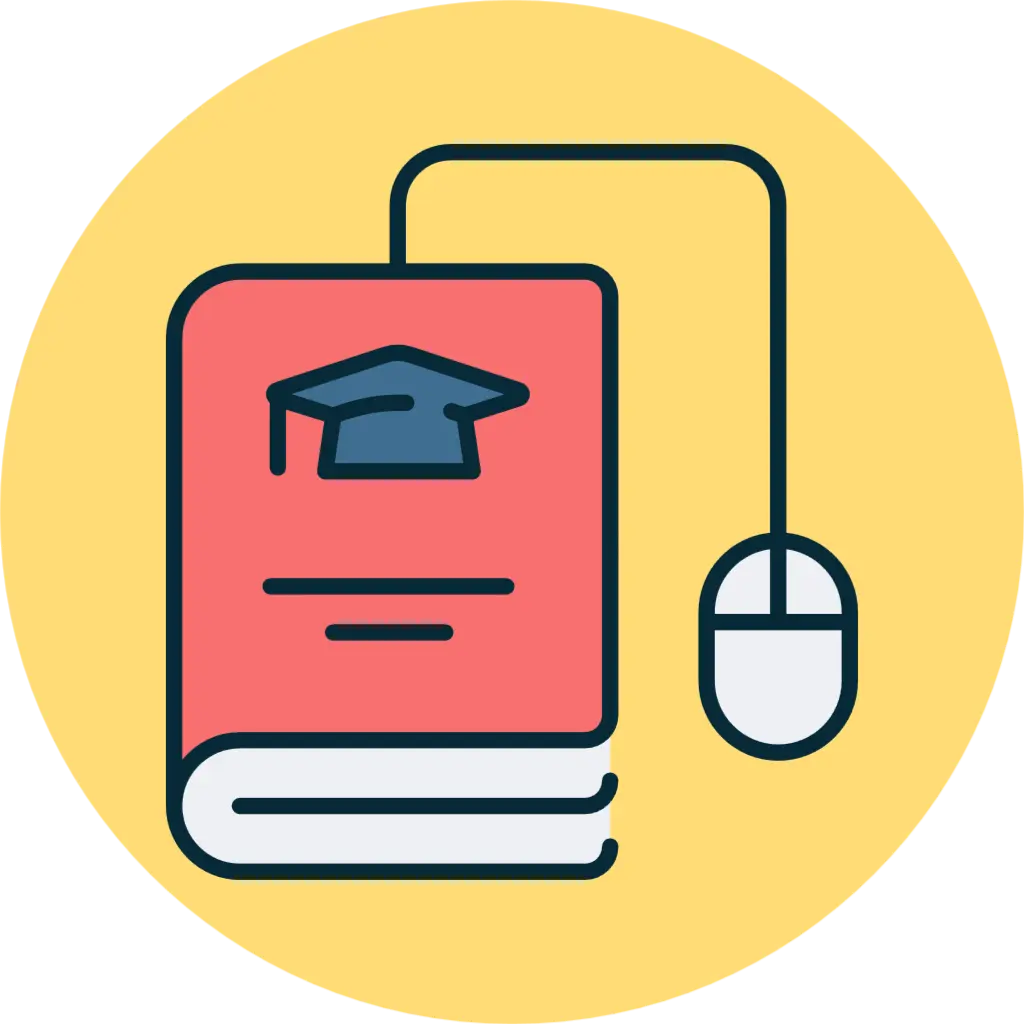Building a Study Plan
Gather Your Resources
When trying to teach yourself a topic from internet resources, it is important to understand that you are very much constrained by the resources available to you. Free resources may be difficult to come by or out of date. To that end, an essential first step is to survey what resources are available and compile them into a study plan.
A Note on Study Buddies:
At this step, you may also want to reach out to one or more people you know have a similar interest. Having somebody to go through the process with you can make understanding the content less burdensome, while also improving motivation to learn.
Types of Resources
- Books
- Lectures
- Mnemonic
- Supplementary
Set Goals
Establish time-based milestones that you can use to regularly evaluate your progress. Be realistic and ready to change your plan if you’re not meeting those milestones. Remember, because you’re only accountable to yourself (or your study group) it’s not such a big deal if you miss a deadline. To that end, giving yourself enough time to accomplish the milestone in the first place.
Similarly, you should establish consistent short term goals to maintain motivation and momentum. Things like making sure you consume some amount of learning material every week or ensuring you review your flashcards every other day will make a big difference in ensuring you don’t lose track of your learning project.
Taking Efficient Notes for the Long Term
This step is optional but will make a huge difference, particularly in long-term retention. With that in mind, it is important to choose a note-taking method that will last. The first choice to make is digital or paper-based. Digital has the distinct advantage of being searchable and easily backed up, but if you’re like me, it can be difficult to keep up with a single digital note-taking system. Paper by contrast has a more timeless quality to it and is far more flexible as far as your ability to record graphs and uncommon symbols (such as in advanced math courses).
This guide is a living document. If you believe something should be added or changed, please make a comment to that effect.
TODO:
- Break each resource type out into its own page with a list of linked resources
- Link to places where one might seek out a study buddy
- Break note-taking into its own page, where PKM systems and similar resources are outlined
- Include resources and advice for utilizing spaced-repetition systems

